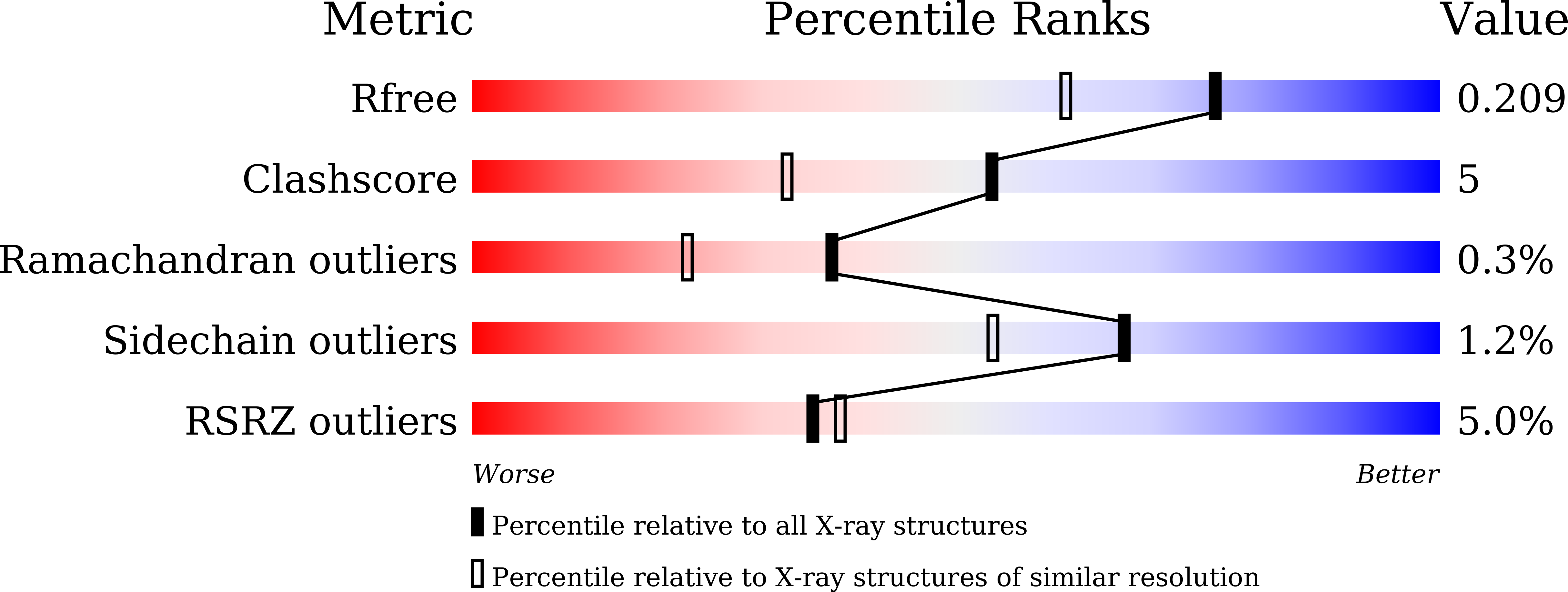
Deposition Date
2024-01-19
Release Date
2025-01-01
Last Version Date
2025-03-19
Entry Detail
PDB ID:
8XYF
Keywords:
Title:
Crystal structure of Holo-PlyGRCS, a bacteriophage Endolysin in complex with Cold shock protein C
Biological Source:
Source Organism:
Staphylococcus phage GRCS (Taxon ID: 1453367)
Escherichia coli K-12 (Taxon ID: 83333)
Escherichia coli K-12 (Taxon ID: 83333)
Host Organism:
Method Details:
Experimental Method:
Resolution:
1.67 Å
R-Value Free:
0.20
R-Value Work:
0.17
R-Value Observed:
0.17
Space Group:
C 1 2 1


